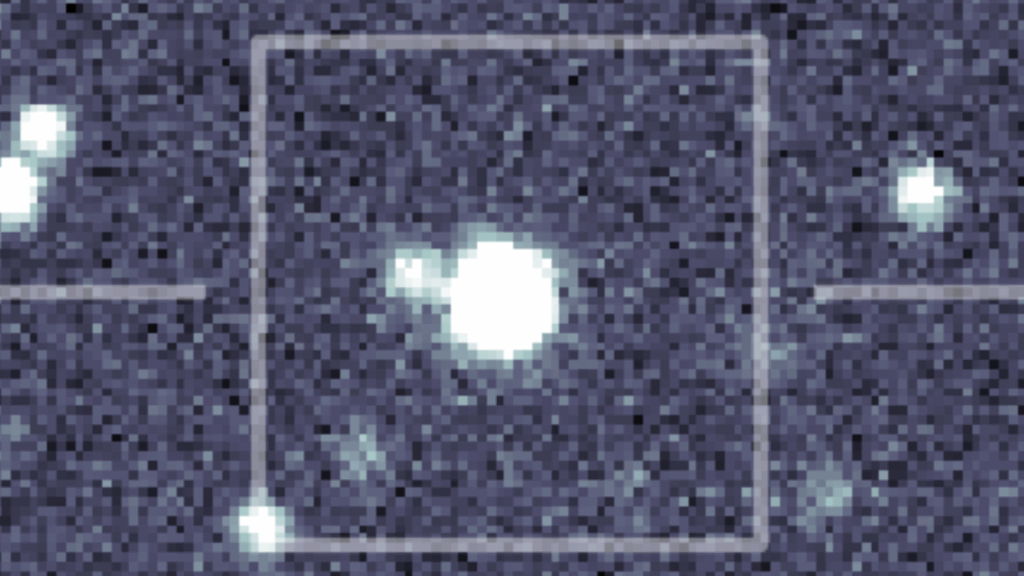
In a remarkable collaboration between professional astronomers and citizen scientists, a new type of exploding star has been discovered. This cataclysmic variable star, designated GOTO0650, is in a rarely observed late stage of its evolution. The discovery marks a significant milestone for the citizen science project Kilonova Seekers.
The discovery was made possible when the public participated in a cosmic “spot the difference” game, comparing images of the night sky to detect changes in brightness. GOTO0650 was identified when a section of the sky brightened by a factor of approximately 2,500 in just a few days.
The rapid identification by citizen scientists allowed astronomers to classify GOTO0650 as a cataclysmic variable star. These binary systems consist of a white dwarf, a dense stellar remnant, that siphons material from a companion star. The material forms an accretion disk around the white dwarf, which can eventually trigger a runaway nuclear explosion.
The Science Behind Cataclysmic Variables
Cataclysmic variable stars, once thought to be “new” stars, are actually binary systems undergoing dramatic changes. As the white dwarf accumulates material from its companion, the accretion disk can reach critical conditions, causing it to brighten significantly before cooling down.
The term “nova” was historically used to describe these events, derived from the Latin word for “new,” as they were initially believed to signify the birth of a new star.
A Unique Citizen Science Initiative
The Kilonova Seekers project, which facilitated this discovery, offers the public a chance to engage in real-time astrophysics. According to Tom Killestein, co-leader of the project and a researcher at the University of Warwick, the public identified GOTO0650 as an object of interest within just 3.5 hours of the images being captured by the Gravitational-wave Optical Transient Observer (GOTO) telescopes in Spain and Australia.
“Remarkably, public volunteers identified this star as an object of interest within 3.5 hours of the image being taken by the GOTO telescopes,” Killestein said.
This swift response enabled astronomers to gather comprehensive data on GOTO0650 before it returned to a quiescent state. The public’s involvement continued with follow-up observations, contributing significantly to the research paper.
Understanding the “Period Bouncer”
X-ray and ultraviolet observations revealed that GOTO0650 is a “period bouncer,” one of the final stages of a cataclysmic variable star. In this stage, mass loss from the donor star causes the orbital period of the binary system to increase, with the stars moving apart.
Spotting a cataclysmic variable in this stage is rare, adding to the significance of the discovery. For the citizen scientists involved, this was a momentous achievement.
“I literally screamed with joy when I saw that I was going to be a co-author of the research paper,” said Kilonova Seekers Volunteer Svetoslav Alexandrov. “I knew I am a co-discoverer of something significant, and this was all that mattered.”
Implications and Future Prospects
The discovery of GOTO0650 not only highlights the potential of citizen science but also provides valuable insights into the late stages of stellar evolution. The involvement of amateur astronomers and the general public in such discoveries could pave the way for more collaborative efforts in the future.
The research findings were published in the journal Astronomy & Astrophysics, marking a significant contribution to our understanding of cataclysmic variable stars and the dynamic processes governing their evolution.
As citizen science projects continue to thrive, the potential for further groundbreaking discoveries remains promising. The success of the Kilonova Seekers project underscores the importance of public engagement in scientific research and the valuable contributions non-professionals can make to the field of astronomy.





